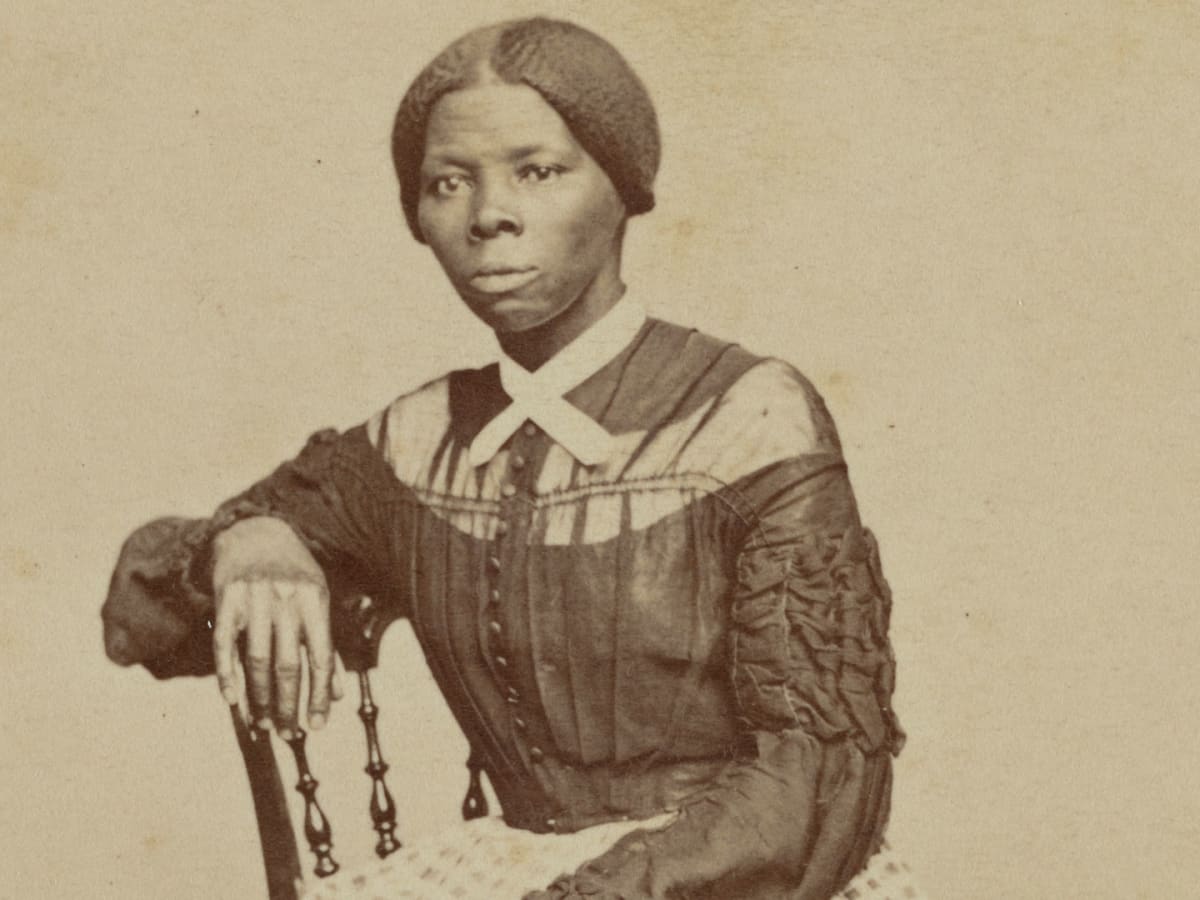CIA Erects Harriet Tubman Statue To Commemorate Her Work As A Union Spy
The Director of the CIA museum stated that the agency wanted its agents to embody Tubman's traits.


photo courtesy of History.com
According to an NBC News report, Harriet Tubman is being honored by the Central Intelligence Agency (CIA) in Langley, Virginia. On the weekend of October 1, the CIA revealed a grand bronze statue recently constructed of Tubman – where the abolitionist holstered a pistol and held a lantern up high. The agency wanted to unveil the figure to highlight the fact that the work she did for the Union Army was a fine example of the intelligence work that the CIA does now.
The director of the CIA museum, Robert Beyer, said that Tubman was covert, brave, and ingenious.
“These are all traits we want our officers to embody.”
He continued, “What she did was an example of intelligence work, going behind enemy lines, using safe houses and signals intelligence to get people to freedom.”
The director told the news outlet, “For all of us, this statue will not only remind us of Tubman’s story. It will inspire us to live by her values.”
The CIA, despite their recent commemorating of one of the most famous Black figures in history, hasn’t been very diverse. With the majority white agency, a recent report said that only 12% of the CIA and its surrounding community was Black.
However, an NBC spokesperson said that they’re attempting to diversify more of the senior positions in the industry.A recent report by the Office of Director of National Intelligence found the percentage of minorities in the intelligence community’s civilian workforce increased slightly to 27% from 26.5% in fiscal year 2019, with 12.3% identifying as African American,” They continued to say that it’s trailing badly with the percent of marginalized workers in the federal government, which hovers closer around 36%.
“One of the things that this agency has in place is the idea that our workforce cannot work on worldwide missions without looking like the United States, without looking like the world,” Deputy Director of the CIA’s museum Janelle Neises said.